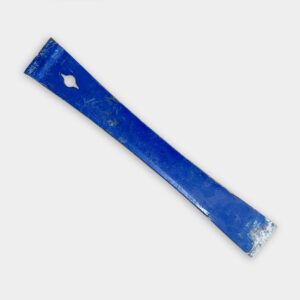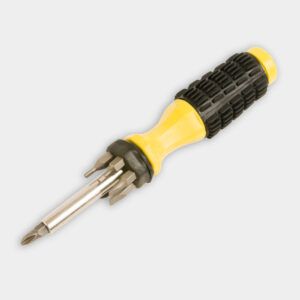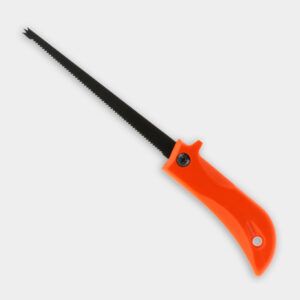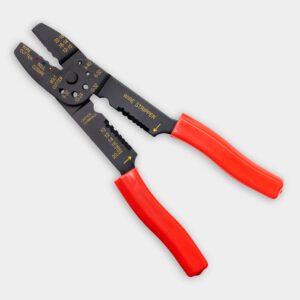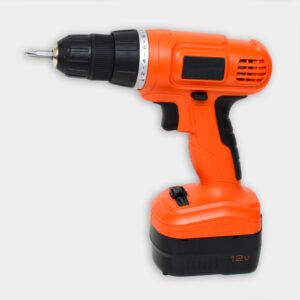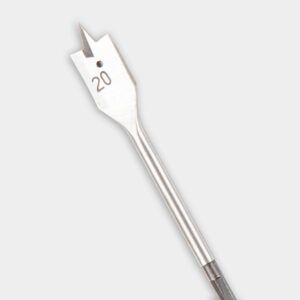Project details
Skill
Cost
Estimated Time
Under cabinet lighting is a game-changer for any kitchen. This often-overlooked feature can transform your cooking space, making food preparation easier and improving the overall look of your kitchen with a warm ambiance. In this guide, we’ll walk you through installing under-cabinet lighting, drawing insights from This Old House electrical expert Scott Caron. He shows the installation of modern LED fixtures, which offer superior illumination and energy efficiency compared to traditional options.
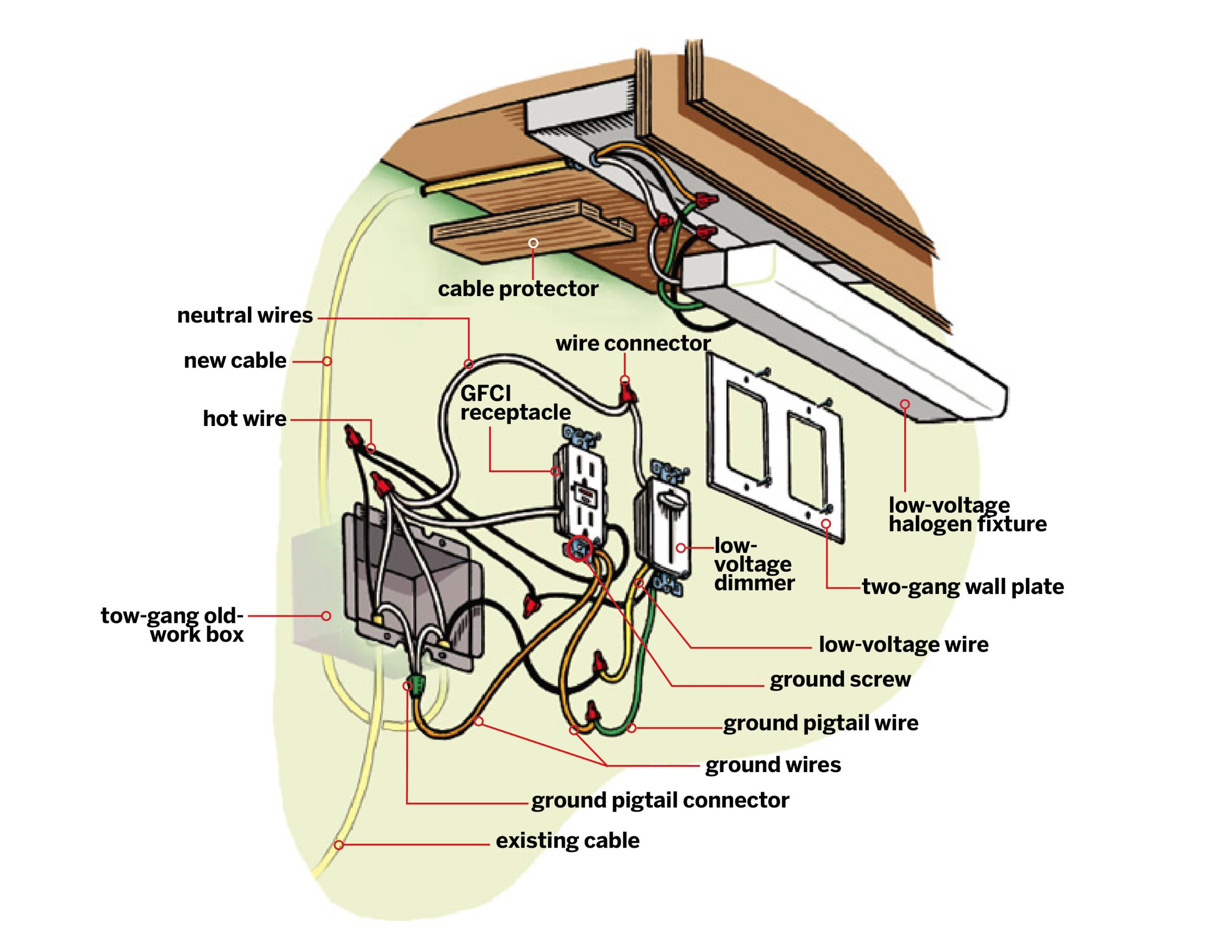
Understanding Under Cabinet Lighting Options
Before diving into the installation process, it’s important to familiarize yourself with the various types of under-cabinet lighting available. While the video focuses on LED fixtures, there are other options to consider:
- Fluorescent lighting: Fluorescent fixtures are another common option for under-cabinet lighting. They’re generally more affordable than LED lights and provide good illumination. However, they may produce a slight humming noise and require periodic bulb replacements. Fluorescent lamps are available in tube and compact formats, making them versatile for different kitchen designs.
- Halogen and xenon lighting: Halogen and xenon bulbs emit a bright, white light that’s ideal for task lighting. Halogen fixtures operate at either line voltage (120 volts) or low voltage, while xenon fixtures typically use low voltage. These options can produce more heat than LED or fluorescent lights, which is an important consideration in kitchen installations. Halogen and xenon lights also tend to have shorter lifespans compared to LED lights, leading to more frequent replacements.
- LED lighting: LED under cabinet lighting has become increasingly popular due to its energy efficiency and long lifespan. These fixtures, as shown in the video, consist of small diodes that emit bright light without the need for bulb replacements. LED lights are cool to the touch and can last for many years, making them a low-maintenance choice. Additionally, LED lights come in various color temperatures, allowing homeowners to choose between warm and cool tones to match their kitchen decor.
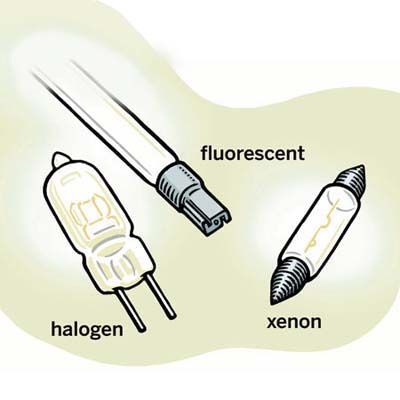
Preparing for Undercabinet Light Installation
Before beginning the installation process, gather the necessary tools and materials and take proper safety precautions.
Tools and Materials Needed
- 1/2-inch spade bit
- Dimmer switch (compatible with LED fixtures)
- Drill/driver
- Drywall saw
- Electrical box
- Electrical wire (12/2 NM cable)
- Flat pry bar
- Lineman’s pliers
- Multi-bit screwdriver
- Pencil for marking
- Tape measure
- Under cabinet LED fixtures
- Voltage tester
- Wire connectors
- Wire stripper
Safety Precautions
The most vital step before starting any electrical work is to turn off the power to the kitchen at the main electrical panel. To check that the power is off, plug a radio or lamp into a nearby outlet and confirm it doesn’t work. This simple test can prevent potentially dangerous situations during installation. Additionally, use a voltage tester to verify that there is no live current in the wires you’ll be working with.
Installing the New Electrical Box for
The first step in the installation process is to set up the new electrical box that will house the wiring for your under-cabinet lighting.
Trace The Outline of the New Electrical Box
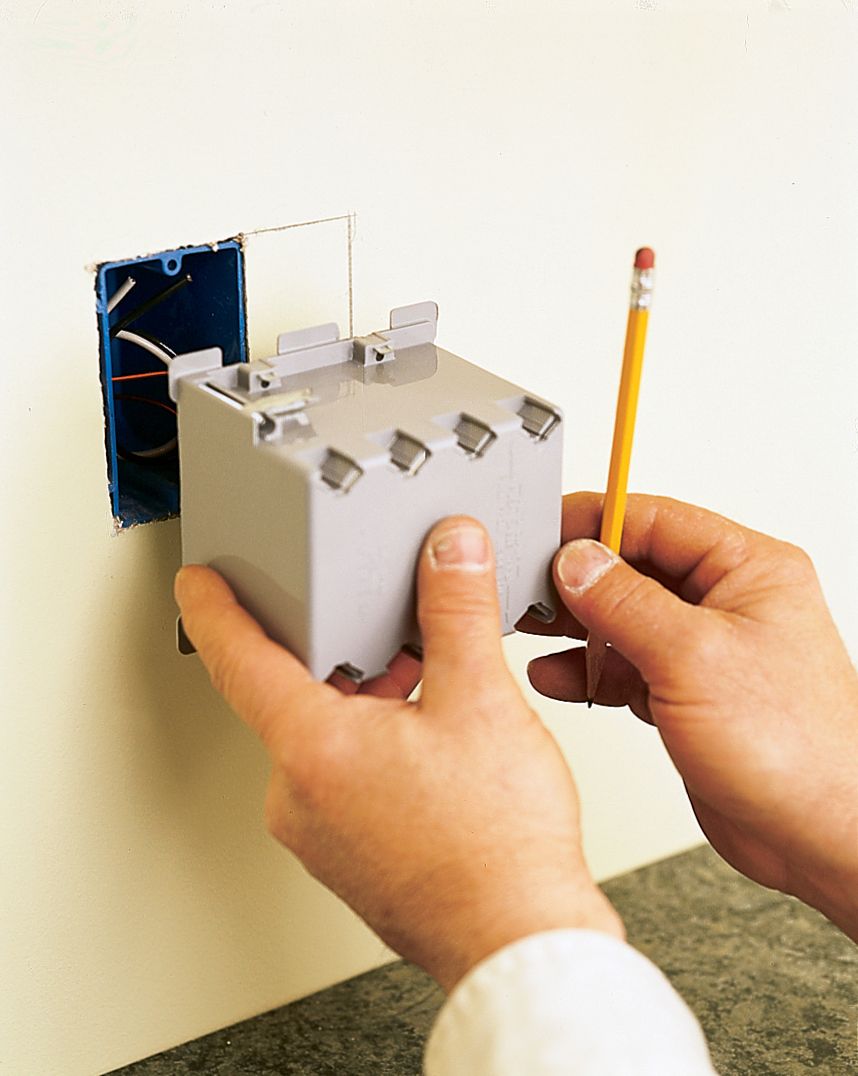
Locate the existing electrical box for the countertop outlet you’ll be tapping into for power. Remove the wall plate and disconnect the wires from the receptacle. Trace the outline of a new two-gang electrical box over the existing box, making sure the expansion is on the side away from the wall stud.
Remove the Old Electrical Box
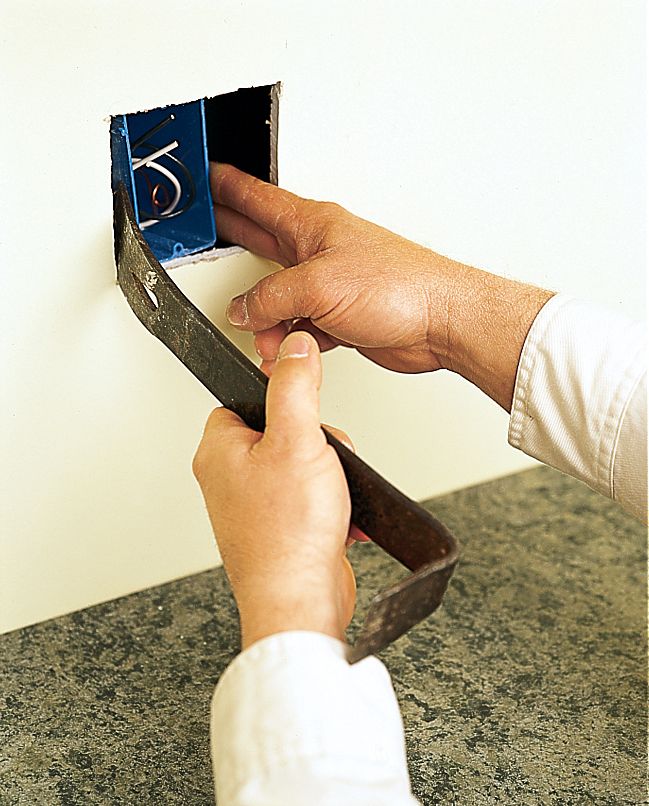
Use a drywall saw to cut along the traced lines and remove the old box. Feed the existing cable into the new two-gang box, along with the cable that will power your under-cabinet lights. Secure the new box in place using its built-in mounting screws. Verify that the box is securely fastened and that there is enough room for all the wires.
Running New Wiring
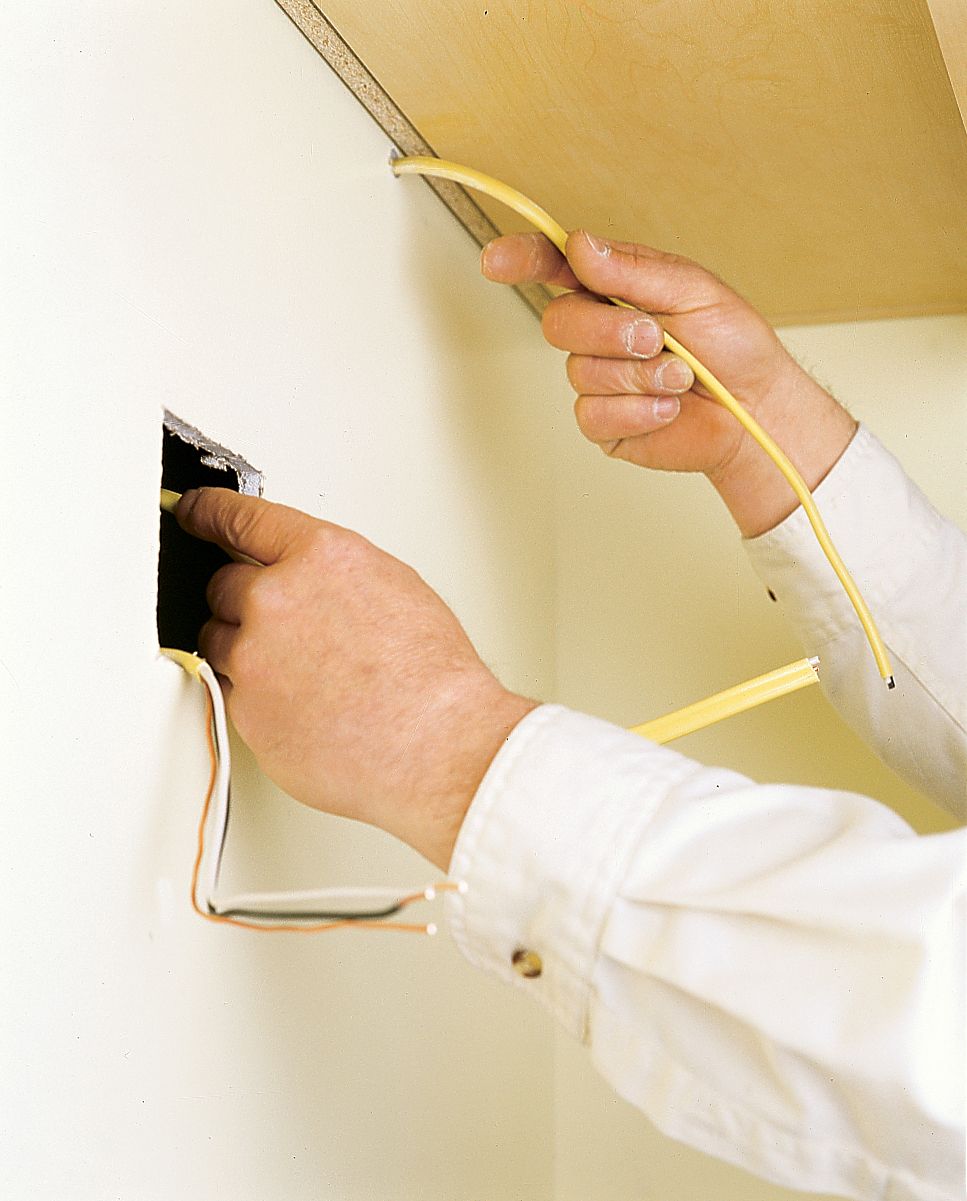
With the new electrical box in place, it’s time to run the wiring for your under-cabinet lights.
- Determine the best route for your wiring, typically up the wall and across the top of the cabinets.
- Use a 1/2-inch spade bit to drill holes for the wiring as needed.
- Cut a length of 12/2 NM electrical cable long enough to reach from the new electrical box to your light fixtures, plus an extra 24 inches for connections.
- Feed the cable through the drilled holes and into position for connecting to your light fixtures.
- Check that that the cable is properly secured and not pinched or damaged during threading.
Installing the Light Fixtures Under the Cabinets
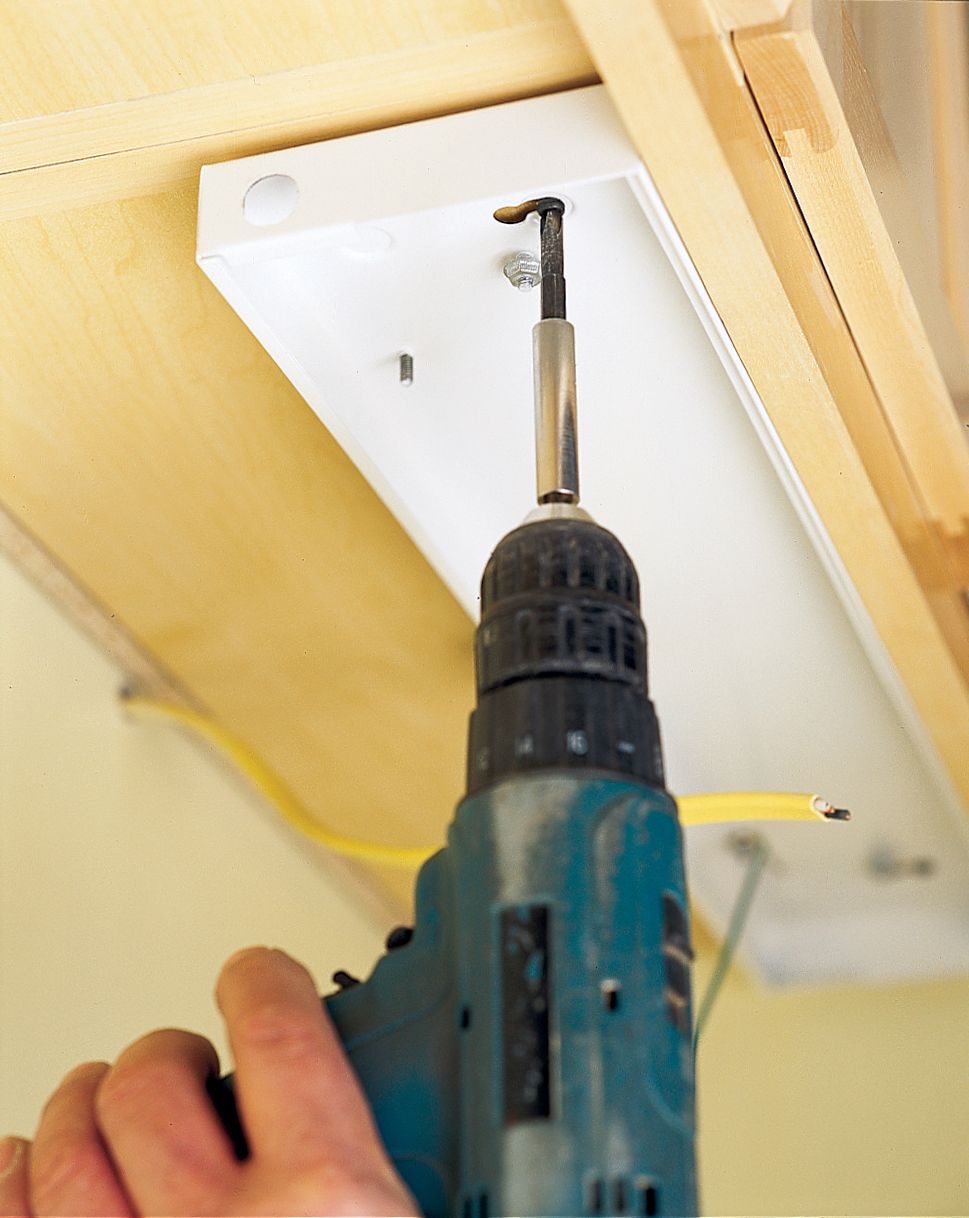
Now that the wiring is in place, you can install the under-cabinet light fixtures.
- Remove the cover and any internal components from the light fixture to access the mounting points.
- Position the fixture under the cabinet, making sure it’s hidden behind the front edge.
- Secure the fixture to the cabinet using the provided screws.
Install Cable Connector
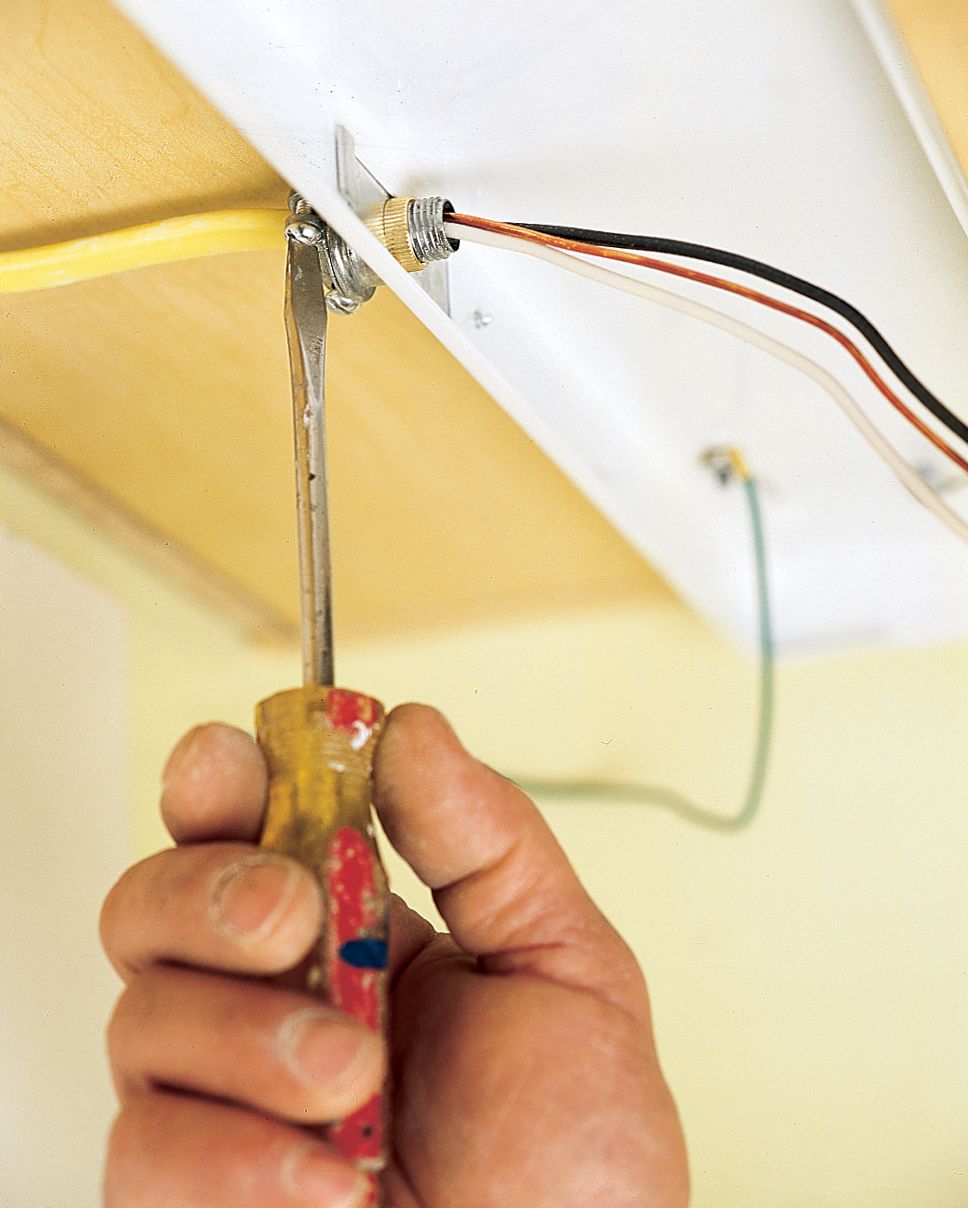
Remove the knockout plug from the back of the fixture and install a cable connector. Feed the electrical cable through the connector and into the fixture. Strip six inches of the outer sheathing from the cable end and secure it in the connector. Double-check the fixture’s alignment to make sure it is straight and evenly spaced.
Wiring the Fixtures and Switch
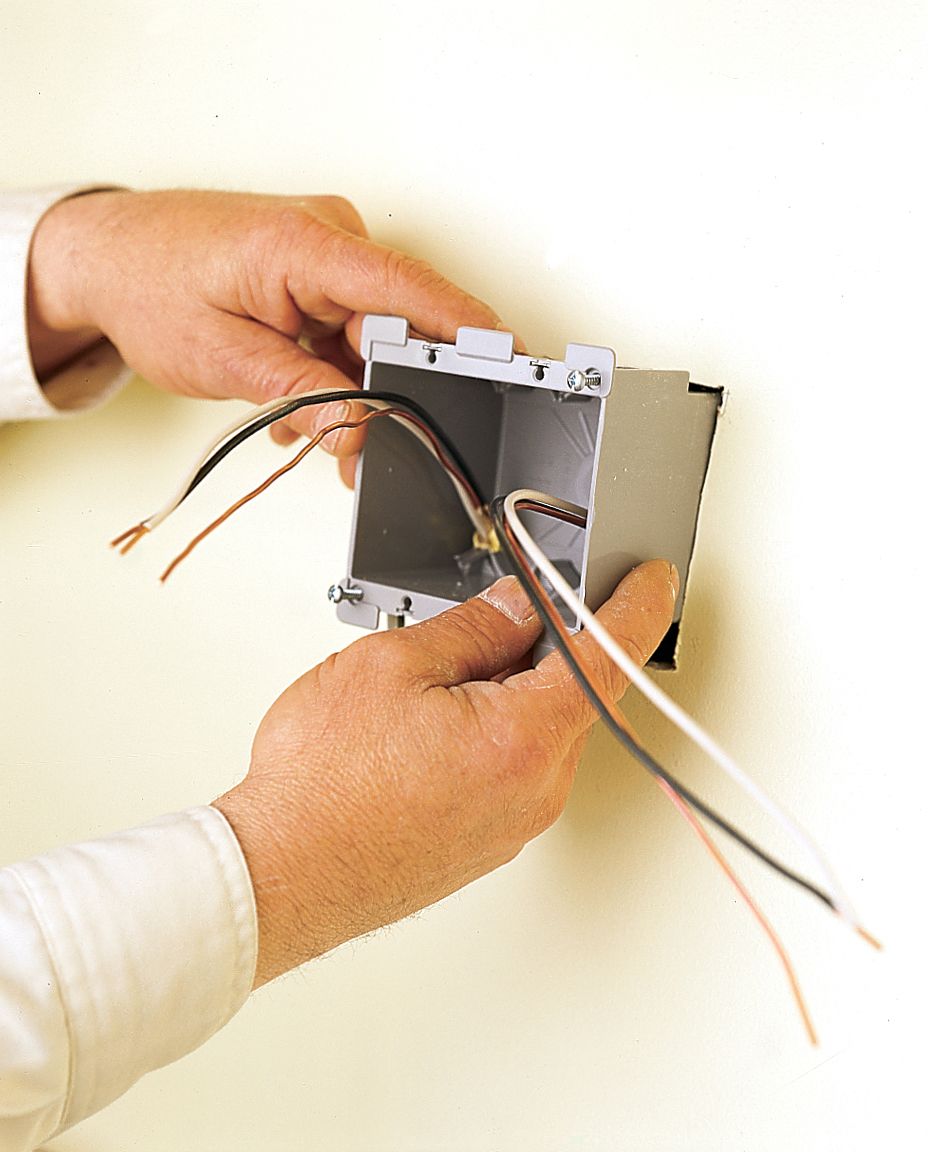
With the fixtures in place, it’s time to make the electrical connections.
- Connect the black (hot) wire from the power source to one terminal on the dimmer switch.
- Connect the red wire from the dimmer switch to the black wires leading to your light fixtures.
- Join all white (neutral) wires together with a wire connector.
- Connect all ground wires (bare copper or green) together and to the green grounding screw on the dimmer switch.
- In each light fixture, connect the black wire to the black wire from the cable, white to white, and ground to ground using wire connectors.
- Check that all connections are tight and secure to prevent any electrical faults.
Install a GFCI outlet
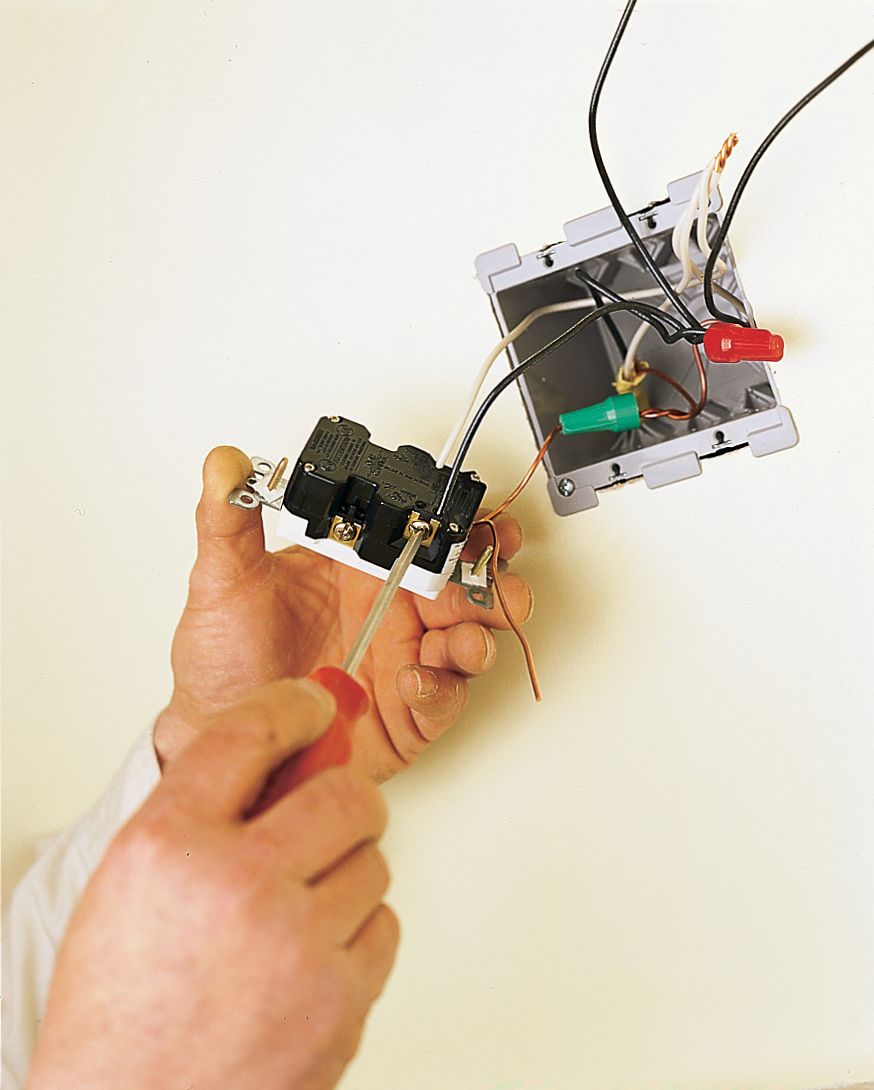
Now you can install a GFCI outlet:
- Join the bare copper grounding wires from both the existing and new cable with a green pigtail connector.
- Off the remaining cable, separate the white wire, and cut two 8-inch-long pieces. Strip ½ inch of insulation off their ends and join them to both white wires in the box with a wire connector.
- Fasten the other end of one of the 8-inch white wires to the silver GFCI screw terminal marked “white-wire line.”
- Cut two 8-inch-long black wires, strip off ½ inch of insulation, and join them to the black wire coming from the existing (receptacle) cable.
- Fasten the free end of one of these wires to the “hot-wire line” GFCI terminal.
- Wrap the pigtail around the green grounding screw on the GFCI, leaving at least 4 inches of wire sticking out beyond the screw.
- Peel the plastic sheathing off the remaining cable you bought, separate the white wire, and cut two 8-inch-long pieces. Strip a 1/2-inch of insulation off their ends with wire strippers and join them to both white wires in the box with a wire connector.
Installing the Dimmer Switch
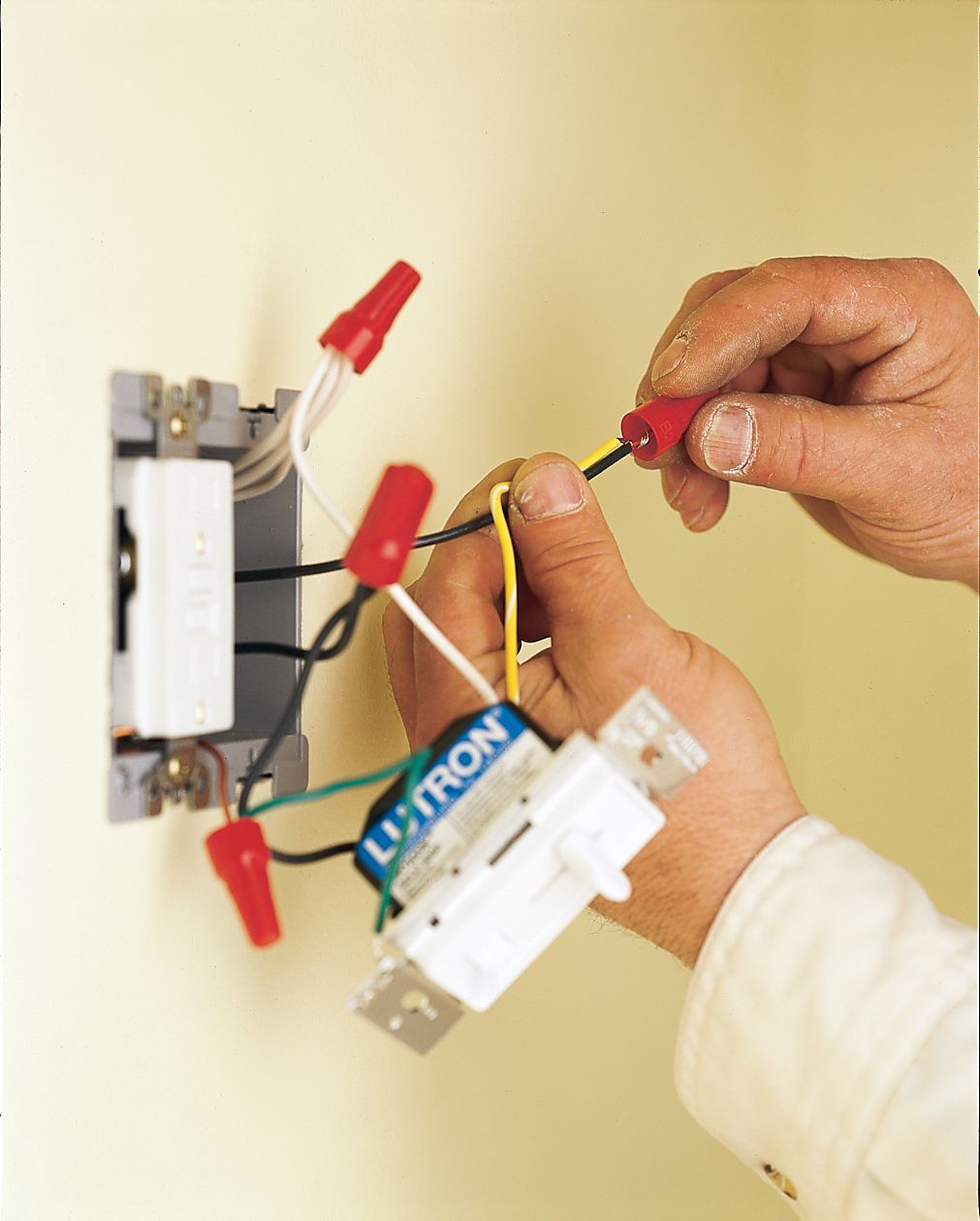
A dimmer switch allows you to adjust the brightness of your under cabinet lights, providing flexibility for different tasks and moods.
- Connect the wires to the dimmer switch as described in the previous section.
- Carefully tuck the wires into the electrical box.
- Secure the dimmer switch to the box using the provided screws.
- Attach the cover plate to complete the installation.
- Confirm that the switch is properly aligned with the cover plate for a clean finish.
Testing and Troubleshooting Under Cabinet Lights
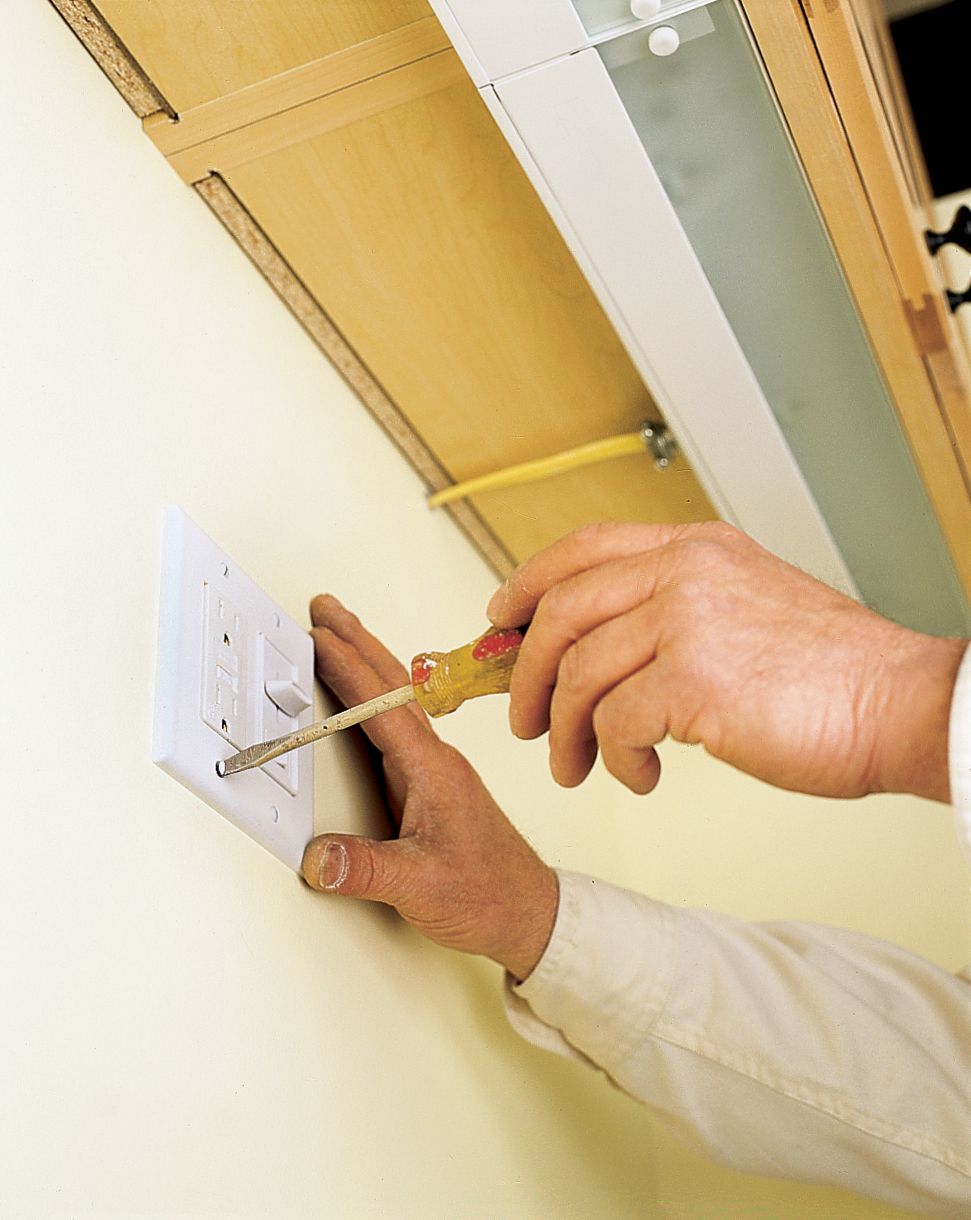
After completing the installation, test your new under-cabinet lighting system.
- Turn the power back on at the main electrical panel.
- Use the dimmer switch to turn on the lights and adjust their brightness.
- Check all fixtures to make sure they’re working correctly.
- If any lights aren’t functioning, double-check your wiring connections.
- Observe the lights for any flickering or irregular behavior, which may indicate a loose connection or incompatible dimmer switch.
Caron highlights the improvement modern LED fixtures provide in terms of ample and evenly distributed illumination for the countertop. This is particularly beneficial when performing detailed tasks such as chopping vegetables or reading recipes.
Undercabinet Lighting Maintenance and Care
One of the advantages of LED under cabinet lighting, as highlighted by Caron, is its low maintenance requirements. Unlike traditional fluorescent tubes that need regular replacement, LED fixtures can last for many years without needing attention. To keep your under cabinet lighting in top condition:
- Check connections periodically to make sure they remain secure.
- Clean the light covers gently with a damp cloth to remove any accumulated grease or grime.
- If using a dimmer switch, make sure it’s compatible with LED fixtures to avoid flickering or buzzing.
- Regularly dust the fixtures to maintain brightness.
